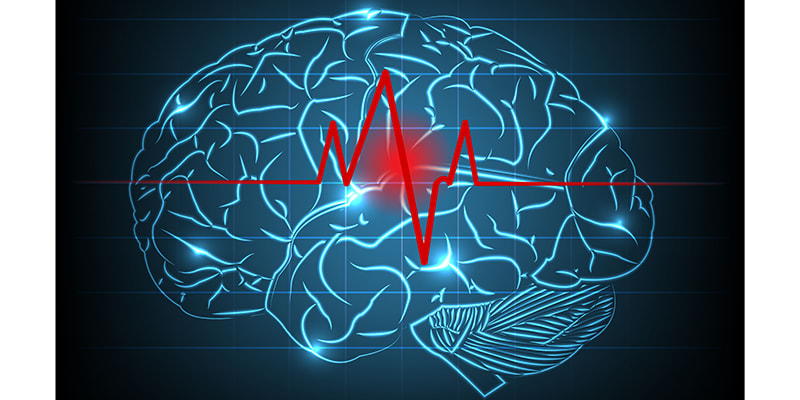
Author: Amit Kansara, M.D., FAHA, Medical Director, Providence Stroke Center
May is National Stroke Awareness Month — a timely opportunity to educate our communities about the signs and symptoms of stroke. One of the most effective tools we use is the acronym BE FAST:
- B = Balance – Is the person suddenly experiencing loss of balance or difficulty walking?
- E = Eyes – Are they having blurry or double vision, or other visual disturbances without pain?
- F = Face Drooping – Does one side of the face appear uneven or droop?
- A = Arm Weakness – Is there weakness or numbness in one or both arms?
- S = Speech Difficulty – Is their speech slurred or hard to understand?
- T = Time to Call 911 – If any of these signs are present, call 911 immediately and report a possible stroke so emergency teams can prepare.
In some cases, individuals may experience the worst headache of their life, which could indicate a hemorrhagic stroke known as a subarachnoid hemorrhage.
Time is critical. The faster a stroke is recognized and treated, the better the chances of minimizing long-term disability. Clot busting medication and catheter assisted clot removal from the brain have improved stroke outcome but still stroke remains a leading cause of disability in the U.S. and globally.
Over the past two decades, stroke mortality has improved—dropping from the 4th to the 5th leading cause of death in the U.S. However, for women stroke is still the 3rd leading cause of death, claiming more lives than breast cancer each year.
Unique Risk Factors by Group
Women:
- Pregnancy and high blood pressure during pregnancy
- Use of hormonal therapies, especially when combined with smoking
- Longer life expectancy, which increases stroke risk with age
- Nearly 40% of women have high blood pressure
Men:
- Nearly 50% of adult men have high blood pressure
- Higher likelihood of smoking and excessive alcohol use
Black Individuals:
- Higher risk of stroke-related death compared to white individuals
- Greater prevalence of high blood pressure
- Sickle cell disease, more common in African Americans, increases stroke risk
Hispanic Individuals:
- Elevated rates of high blood pressure
- Higher prevalence of diabetes, especially among those of Mexican and Puerto Rican descent
Prevention Is Powerful
The American Stroke Association’s campaign, “Together to End Stroke,” emphasizes that about 80% of strokes are preventable.
The #1 preventable cause of stroke is high blood pressure. A normal reading is 120/80 mmHg or lower, and for those with a history of stroke, the target is below 130/80 mmHg. Alarmingly, 1 in 3 American adults with high blood pressure are unaware they have it, according to the American Heart Association.
Healthy lifestyle choices—including a balanced diet and regular physical activity—are essential to lowering blood pressure and reducing stroke risk. For a comprehensive guide, refer to the AHA’s Life’s Essential 8: https://www.heart.org/en/healthy-living/healthy-lifestyle/lifes-essential-8.
To make a referral:
Providence Stroke Center
4805 NE Glisan St.
Portland, OR 97213
503-215-8580
About the Author
More Content by Providence inScope Content Team


















